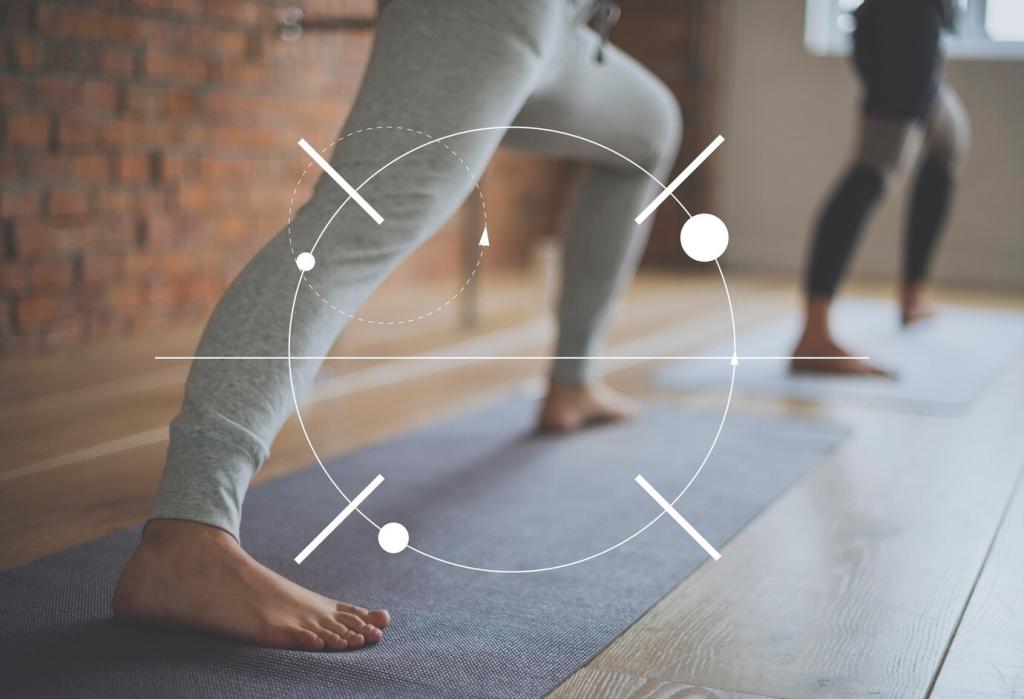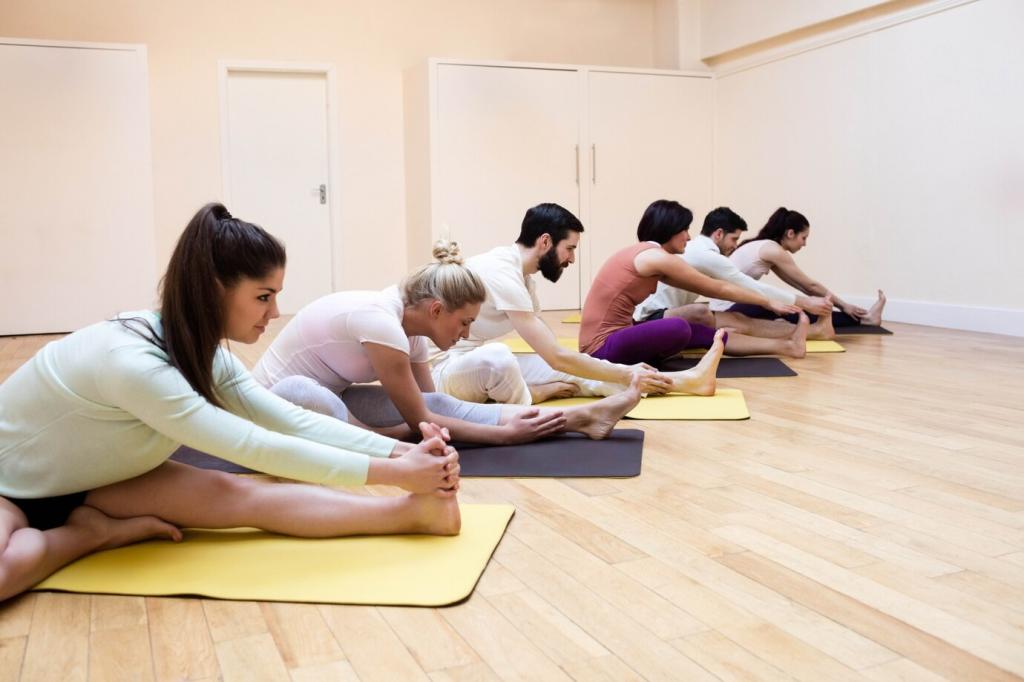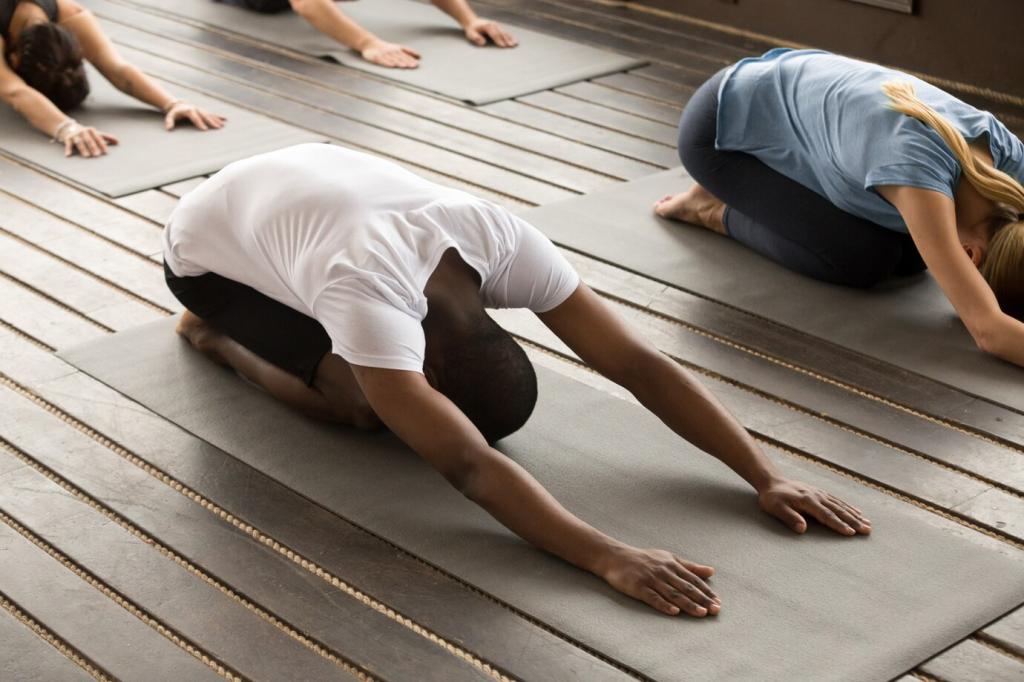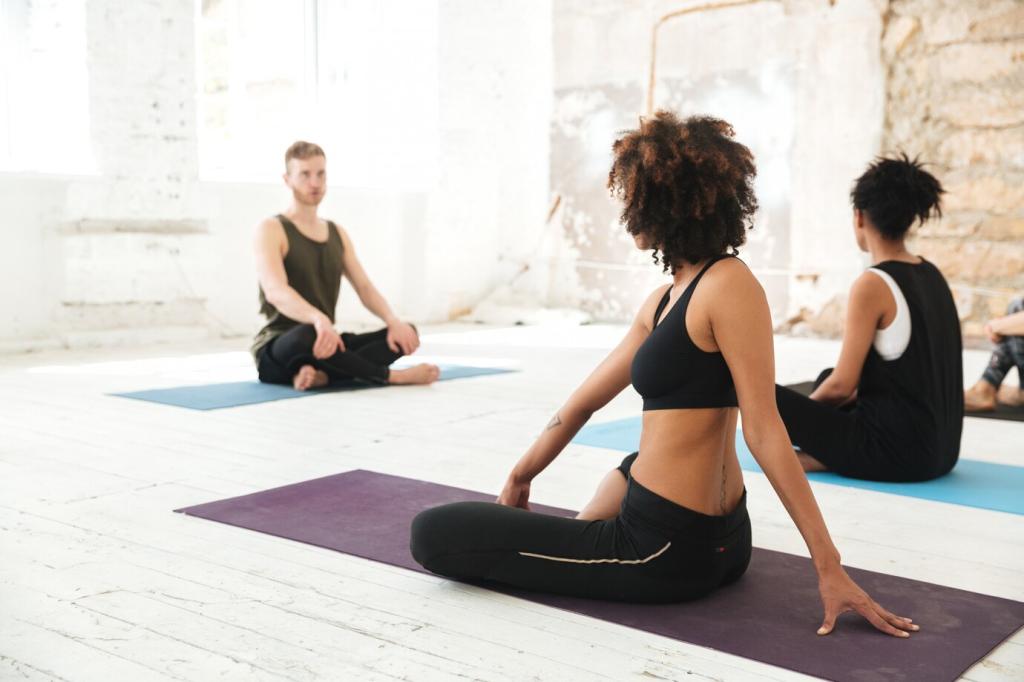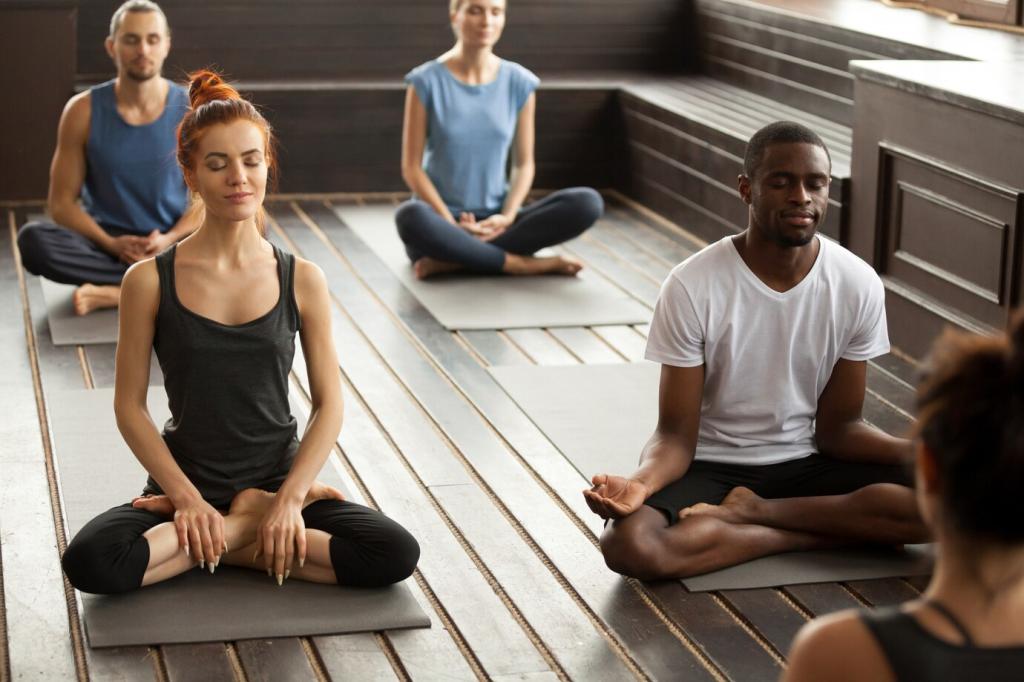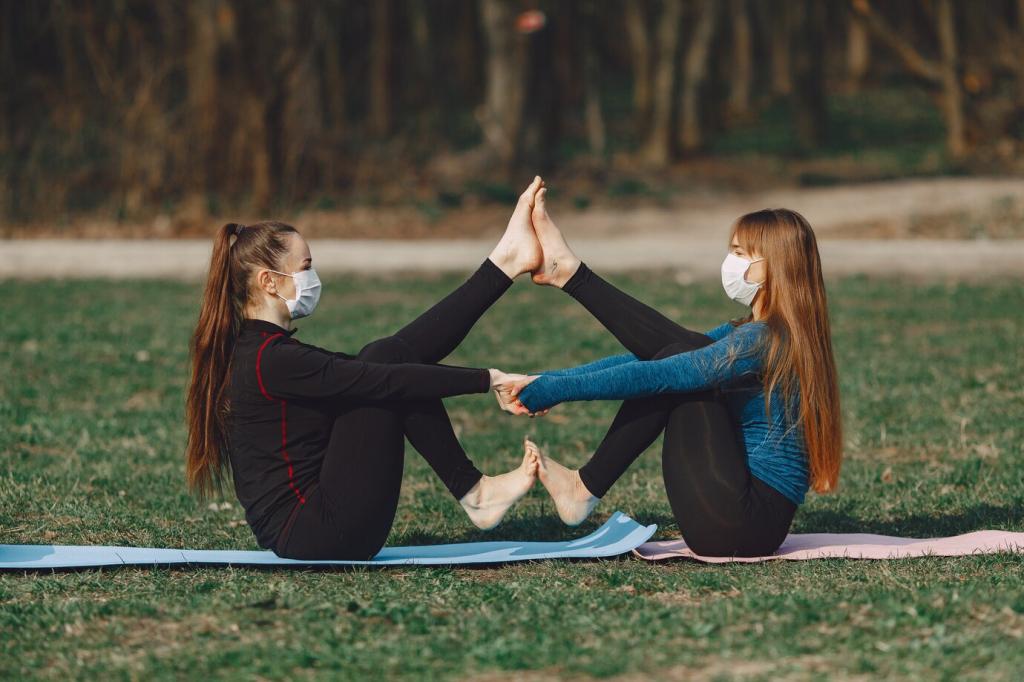Stories From the Mat and the Track
A mid-pack runner, Maya learned rhythmic nasal breathing and stopped gasping in the last kilometer. Her time dropped by forty seconds, but more importantly, she finished calm. Try her approach in your next tempo run and tell us whether your final push felt less chaotic.
Stories From the Mat and the Track
Carlos hit a plateau on front squats until diaphragmatic bracing plus Ujjayi taught him to create steady tension. The bar stopped wobbling; depth felt secure. If your core shakes under load, test this breathing combo and report any changes in confidence at the sticking point.

